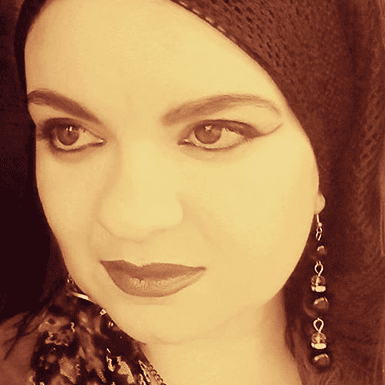“Children have hobbies, and my hobby is throwing stones.” The simplistic, out of context comment, uttered by a Palestinian teenager interviewed for a recently published New York Times report, sets the scene for the deconstruction of Palestinian resistance against the Israeli occupation.
There is no further elaboration about the alleged ‘hobby’ of Palestinian children, only a statement which attempts to level a decades-long struggle to the comfortable and mundane which reeks of pettiness as opposed to indignation. The detached observer status employed in the report is void of any concrete reference to the atrocities of the Israeli occupation. Instead, ‘the stone throwers of Beit Ommar’ seem to exist within a vacuum encompassing nothing but unbridled violence and, according to the report, at times futile apart from the confrontational aspect.
Stone throwing – an act of resistance fuelled by the lack of means for Palestinians to resist settler-colonialism, is void of the political ramifications associated with such an act. As with other Palestinian villages, the area has been subject to settler vandalism, violence and land theft, leading to Palestinians living a precarious life while the surrounding Israeli settlements wallow in pilfered abundance.
To emphasise the detached observer status, the article quotes an Israeli’s description of the situation: “It’s crazy: I’m going to get pizza, and I’m driving through a war zone.” While the continuity is implied, albeit only as an interference into an otherwise comfortable life, settler violence is once again excluded, creating a scenario in which Palestinians allegedly indulge in arbitrary violence. As the article states Palestinian youths are simply performing ‘a rite of passage’, or fulfilling a hereditary custom honouring their elders. “They do it because their brothers and fathers did.” Even worse, an attempt to lay the blame upon Palestinians is presented by quoting a Palestinian as having stated “Nobody dares to criticise them and say, ‘Why are you doing this?'” Attributing the core of violence to Palestinians while attempting to fragment resistance by implying the concept of fear serves only one purpose – eliminating Palestinian resistance by quoting selectively within parameters which serve to further the Israeli narrative.
In what seems to be the decisive assertion regarding why stone throwing prevails, the author states: “The youths, and their parents, say they are provoked by the situation: soldiers stationed at the village entrance, settlers tending trees beyond. They throw because there is little else to do in Beit Ommar – no pool or cinema, no music lessons after school, no part-time jobs other than peddling produce along the road.” Again, the use of provocation is mild when compared to the ramifications of settler violence sanctioned by the state of Israel. There is no mention of the protection which the state offers to settlers during their destructive rampages on Palestinian territory. The only reference to land usurpation is deemed an isolated claim despite documented facts which prove Zionist expansion, including Israel’s reluctance to declare its borders. To state that Palestinians indulge in stone throwing because they have no access to luxury after school is an attempt at ridiculing the prime reasons for resistance – that of asserting self-determination, as well as the right to land and nationhood.
[widgetkit id=54]
The views expressed in this article belong to the author and do not necessarily reflect the editorial policy of Middle East Monitor.











